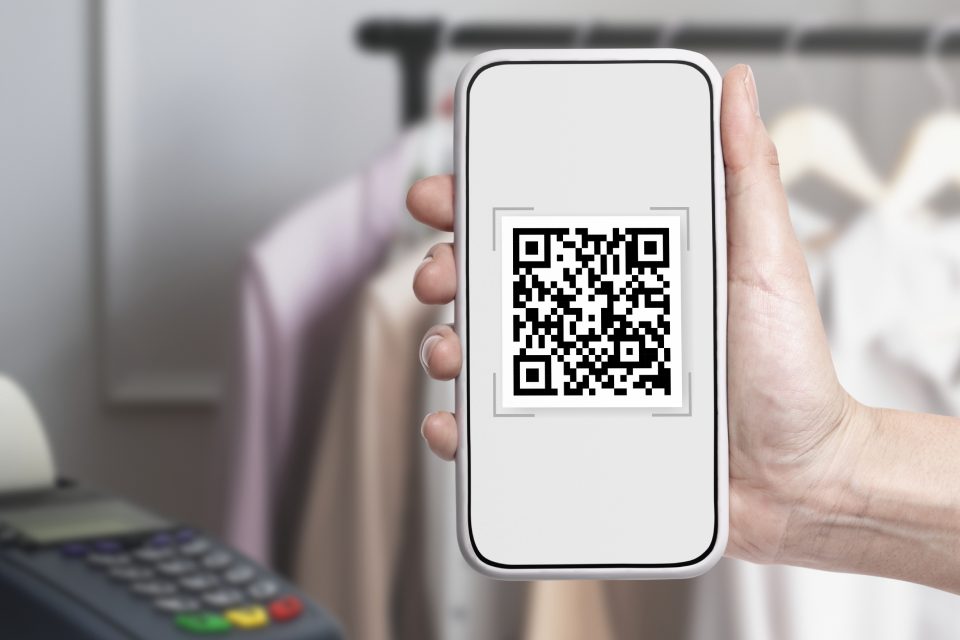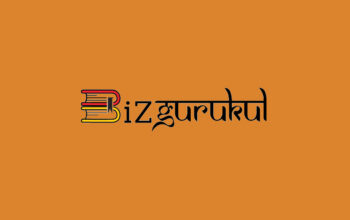The QR Code Is Increasingly Widespread: Here’s What It Is For And How It Works
It was born in Japan to trace car components in Toyota factories, but it proved effective for other purposes not originally intended. This is the ” QR Code, “i.e., the ” Quick Response Code ” invented by Denso Corporation in 1994.
Even if many don’t know how a QR code works, in recent years, almost everyone has used it by taking their smartphone, framing it, and following the link on the screen. It is, in fact, an easy and intuitive system.
Today, the QR Code is used practically everywhere: in paper advertisements and on roadside billboards, on the labels of food products, and behind the modem routers that our Internet Service Providers give us on loan for use when we stipulate a connection contract.
We owe the enormous diffusion of QR Code technology to two main factors: it can be implemented without paying royalties to Denso, and the presence in the Apple and Google stores of thousands of QR Code reading apps and apps for creating these codes.
So, let’s see what the QR Code is and how it works.
- How the QR Code is made and how it works
- How the QR Code is used
- How to create a QR Code
- Is it safe to use a QR code?
How The QR Code Is Made And How It Works
Graphically, a QR Code comprises a central square, which includes four others at the corners (but the fourth is much smaller), which contains a long series of white or black dots. These dots are only coded numbers and letters that can be translated using a specific application.
The most widespread QR Code has 29×29 dots, representing up to 48 alphanumeric characters (i.e. numbers and letters). These characters can be a link to a web page, simple text, a phone number, or anything else that can be written with numbers and characters.
How the QR Code works is very simple: many modern smartphones have the QR Code reader already integrated into the camera app, and you just need to frame the code (bringing it into sharp focus) to launch the decoding and display the link or the information contained in the coded dots.
In some cases, the camera app does the “translation,” In others, you need to install a dedicated app. So, let’s see how to use the QR code on Android and iPhone smartphones.
With Android
Using the QR Code with an Android smartphone is very simple. In most cases, just open the Camera app and press the square-shaped icon with a dot inside to access Google Lens, a service also available as a standalone app via the Play Store.
Simply choose the Search option at the bottom from Google Lens and then frame the QR Code. The code will be automatically translated into a link; you just need to click on it to access the destination web page.
It is also possible to access various third-party applications from the Play Store to “interpret” the code and transform it into links. The system is straightforward to use, and apart from minor differences, all the apps follow the exact mechanism.
With iPhone
Using a QR Code on an iPhone is even more straightforward and immediate: just open the Camera app and frame the code. The link decoded directly from the app will appear on the screen in a few moments. Just tap on the link to reach the destination web page. iPhone users can also use the AppStore to install an alternative app to read QR codes.
How The QR Code Is Used
The many fields of application represent the strength of QR Codes. This code can be used to make a website or app easily accessible to download from your device’s store, even without having to type the address and carry out a search.
The system helps provide information to consumers. A product with a label on which the company has printed a QR Code allows the consumer, for example, to quickly obtain detailed information by reaching a web page dedicated to the product itself.
Being a flexible and easy-to-use system, the QR Code can be used in many ways. Another way to use this code is represented by business cards and any promotional material on which you can insert the code and, therefore, a direct link to your website.
The code can also be used to verify one’s identity via systems such as SPID, which uses this mechanism to access a service from the computer by authenticating via the smartphone app.
For example, a system that uses the QR code is used to use WhatsApp on the iPad or other devices using the browser version to access securely. A QR code can also be used to share other information, not just for website links. In fact, through this code, you can share your Wi-Fi password, contact information, or location.
There are so many ways to use this particular code.
How To Create A QR Code
Creating a free QR Code is very simple. In fact, it is not a particularly elaborate service, and it is not necessary to have complex devices or software. All it takes is an app to generate a QR code in seconds.
The easiest way to find the best app for creating a QR Code is to access your device’s store and carry out a search using the keywords ” QR Code ” and ” Generator. ” By looking at individual app scores and reviews, it will be easy to identify the best options.
For example, you can use a QR Code Generator with an Android smartphone, while with an iPhone, you can use Qrafter. In any case, these are just a few examples. Smartphone stores are full of options for those needing a QR code generator.
Is It Safe To Use A QR code?
It depends. This system does not cause particular problems in terms of security, at least as long as codes generated from reliable sources are used. The QR code printed on a product label or used to access the SPID does not involve any risk.
However, you need to pay attention to QR Code links whose source is unknown. The risk of phishing attempts or other computer scams can be real. In this case, it is always essential to carefully check the link to the web page “hidden” within the code.
Also Read: Chat: Beware Of Versions With The Virus








